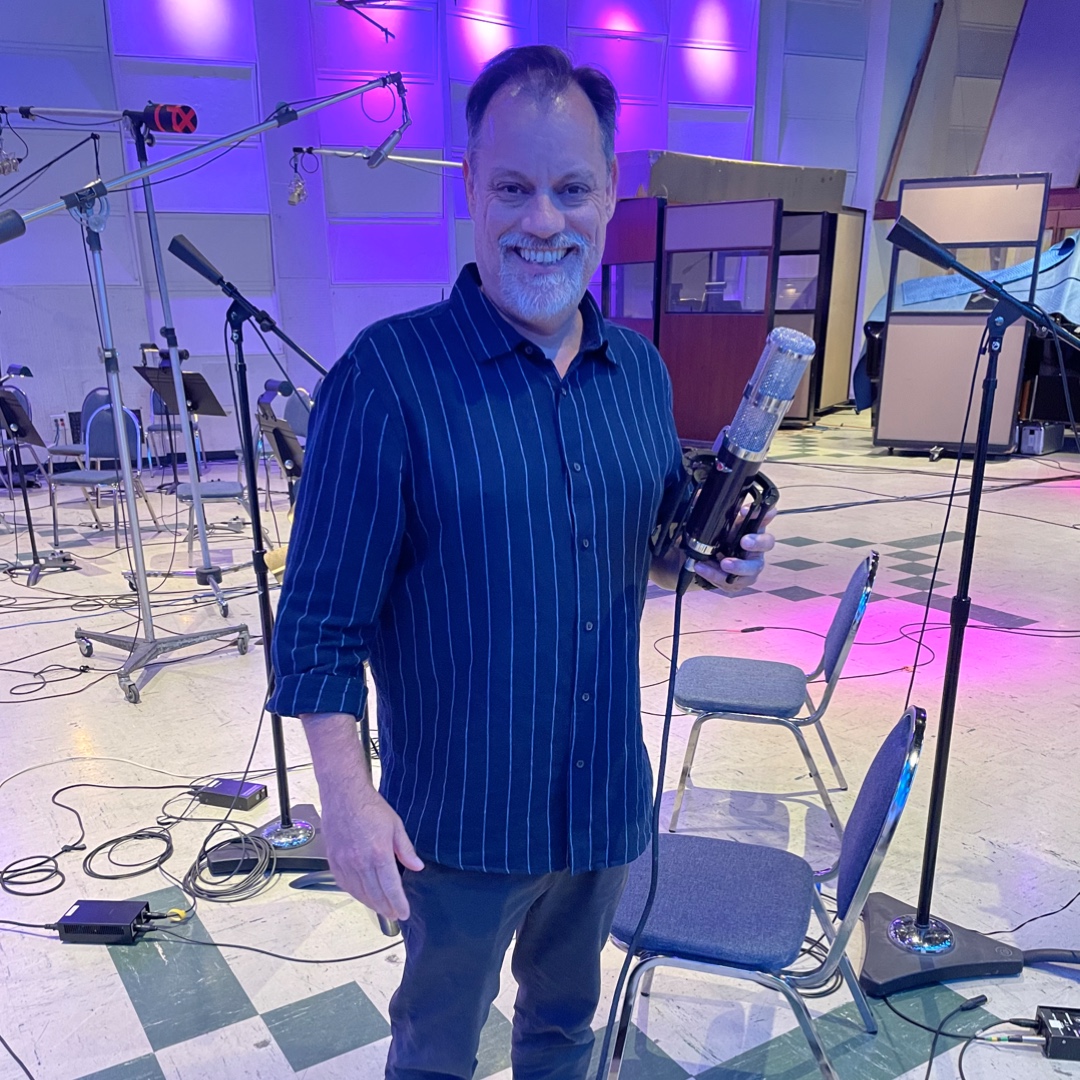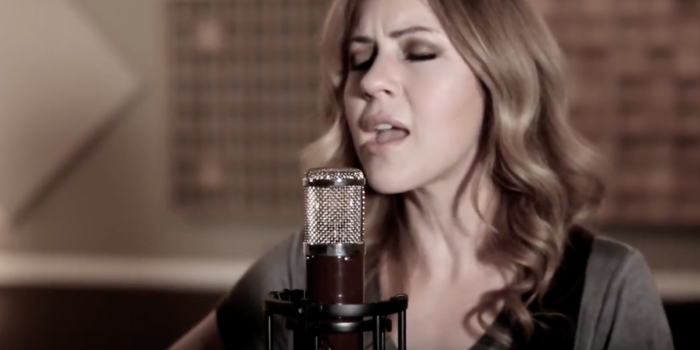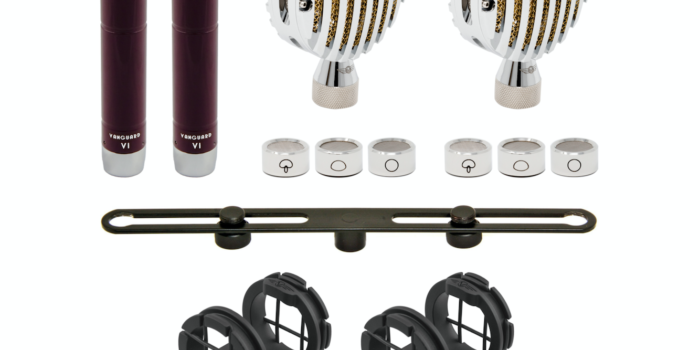We’re lucky enough to call Grammy-nominated engineer Steve Genewick a friend and Vanguard family member. His twenty-five years worth of credits is chock-full of platinum artists including Diana Krall, Natalie Cole, Barry Manilow, Earth Wind & Fire, Whitney Houston, George Harrison, Aerosmith, Gladys Knight…the list goes on and on!
Steve was generous with his time and gave us a bit of time to chat with him about memorable sessions from his career, Blumlein vs XY on his Vanguard V44S, and advice for aspiring engineers. Read on below!
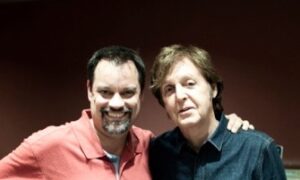
30 years is a long time to be doing anything, especially to be making records in Hollywood…and abroad. In the 80’s/early 90’s it seemed that just about every studio between San Diego and Santa Barbara was bustling with business. A wide variety of work from soft drink jingles, to classic bands and artists reinventing themselves, to prolific producers like Q, Don Was and Marcus Miller; TV and film scoring at the “rock and roll” studios…everything everywhere all at once. I guess the best part was the amazing variety of stuff that was on the music production plate. You cut your teeth at the original Cherokee Studios on Fairfax (just a block from Oki-Dog!), and at Capitol Studios, sort of the Yankee “Abbey Road”, I don’t think you could have had any richer experiences early-on.
Q: I was checking your Discogs and the range of different kinds of sessions you participated in is exhaustive. How does having such myriad experiences inform the way you approach music production? I assume you never adopted a one-size-fits-all approach.
The diversity of the sessions I’ve been fortunate enough to work on is by both luck and by design. I made a conscious decision early on that I wanted to work in the biggest studios with the best people in the business. Over the years I tried to always put myself in the best position to do that.
You are correct, nothing in music production is “one size fits all”, although you’d be surprised at how similar sessions in different genres can be. The main difference between recording a jazz quartet and a four piece rock band is mostly just down to volume. My job as a tracking engineer is to make sure everyone is comfortable, that everyone can see one another, that they have a good headphone mix, that all the equipment is working properly, and most importantly, that we are in record all the time.
Q: Capitol Studios ran a little differently than the other studios in town. What did you see as the biggest differences coming over from Cherokee?
The biggest difference moving over to Capitol was the kinds of sessions we were doing. At Capitol we had a lot more union sessions for records and film and TV. A ton of scoring sessions, which I had only been exposed to in very small amounts. We had orchestral sessions and big band sessions, as well as your more typical rhythm sections and bands locking out rooms. The diversity was amazing, and very fun.
Q: Are there any particular sessions, or any one in particular, that stands out for you amongst the hundreds? Maybe the material or playing was beyond exceptional, or the artist, or maybe it was a difficult road finishing the record. You’ve done so many outstanding sessions, any sessions stand out?
Any time you get the chance to work with a legend is thrilling. I’ve been fortunate to work with three of The Beatles, Bob Dylan, Barbra Streisand, Burt Bacharach, the list goes on and on. One of the most memorable sessions was a string date for Michael Jackson. It was a very last minute booking so not much time to think. We had just enough time to setup the strings, get a quick mix up on the console, and then Michael and all his folks walked through the door of studio A. You look up and there he is saying hi to you. I always say I give myself about 5 seconds to be “star struck” and then it’s time to get to work. The session went off without a hitch, and Michael was very friendly and thankful to the entire crew.
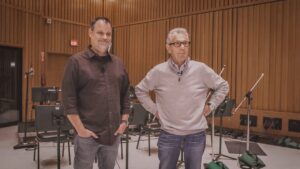
Q: You spent nearly 20 of your professional years working almost exclusively with Al Schmitt, arguably the best recording engineer LA ever produced. No doubt there were countless lessons learned along the way…from how to address a giant tracking date to a philosophy-of-approach as a mixer. Was there one great overarching lesson from him that sort of tops them all?
My twenty plus years with Al were the best. I learned so much from him both as an engineer and as a person. The biggest take away from that time was to never make it about you. It’s not your record, it’s the artist’s record.
Q: You’ve been a great advocate for Vanguard Audio Labs, and we appreciate your support. I think the stereo V44S was the gateway. How did you first hear about it, and what interested you about the V44S in particular?
I don’t remember exactly how I heard about the V44S. Probably at a NAMM Show or maybe an ad somewhere. I’ve always been a fan of stereo mics. At Capitol we had a couple AKG C-24’s and a few of the Royer stereo mics, and I used them all the time. It’s a very efficient way to mic a source in stereo with a small footprint, and pinpoint accuracy in regards to angles and phase. When I heard about the V44S, I had to try it out. Not only another option for a stereo mic, but one that’s more affordable than a vintage tube mic.
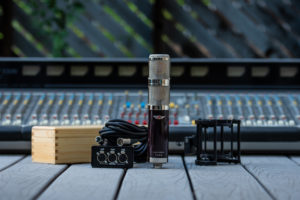
Q: A little bird told us you prefer using Blumlein to X/Y with stereo mics. Can you tell us a bit about why?
I do love Blumlein. I just love the imaging you get with the two figure 8’s. I’d say 80% of the time I’m using Blumlein over X/Y.
Q:What are some of the applications you’ve used the V44S in?
So far I’ve used it with much success on a bunch of sources. It’s a great room mic or as a section mic in front of brass or woodwinds. I’ve used it on piano both close over the hammers and as a far room mic. I’ve used it on percussion sessions where I can simply move the one mic around to whatever instrument is being played, and easily choose to record that instrument in stereo or mono. I’m also a big fan of recording acoustic guitars in stereo, and having the ability in the mix to choose how wide of an image I want in the track.
Q: Capitol is currently closed for renovations for a while. Tell us what you’re working on recently?
Since Capitol closed I’ve just kept on working. My established clients knew right away that they could simply call me directly, and word spread quickly to new clients that I was available. It’s been fun working around town more in the other studios, but I must say I do miss the flexibility of the rooms, the mic locker and most of all the staff at Capitol.
Q: What advice would you give to up-and-coming producers and engineers trying to get their careers in gear these days?
The best advice I can give is to be humble, and be on time, and that means early. Listen to as many different kinds of music as you can. Stay open to all possibilities, and if you can, find a mentor you can learn from first hand. Most of what makes a successful engineer or producer can’t be learned from books or YouTube videos, it has to be learned through experience.



